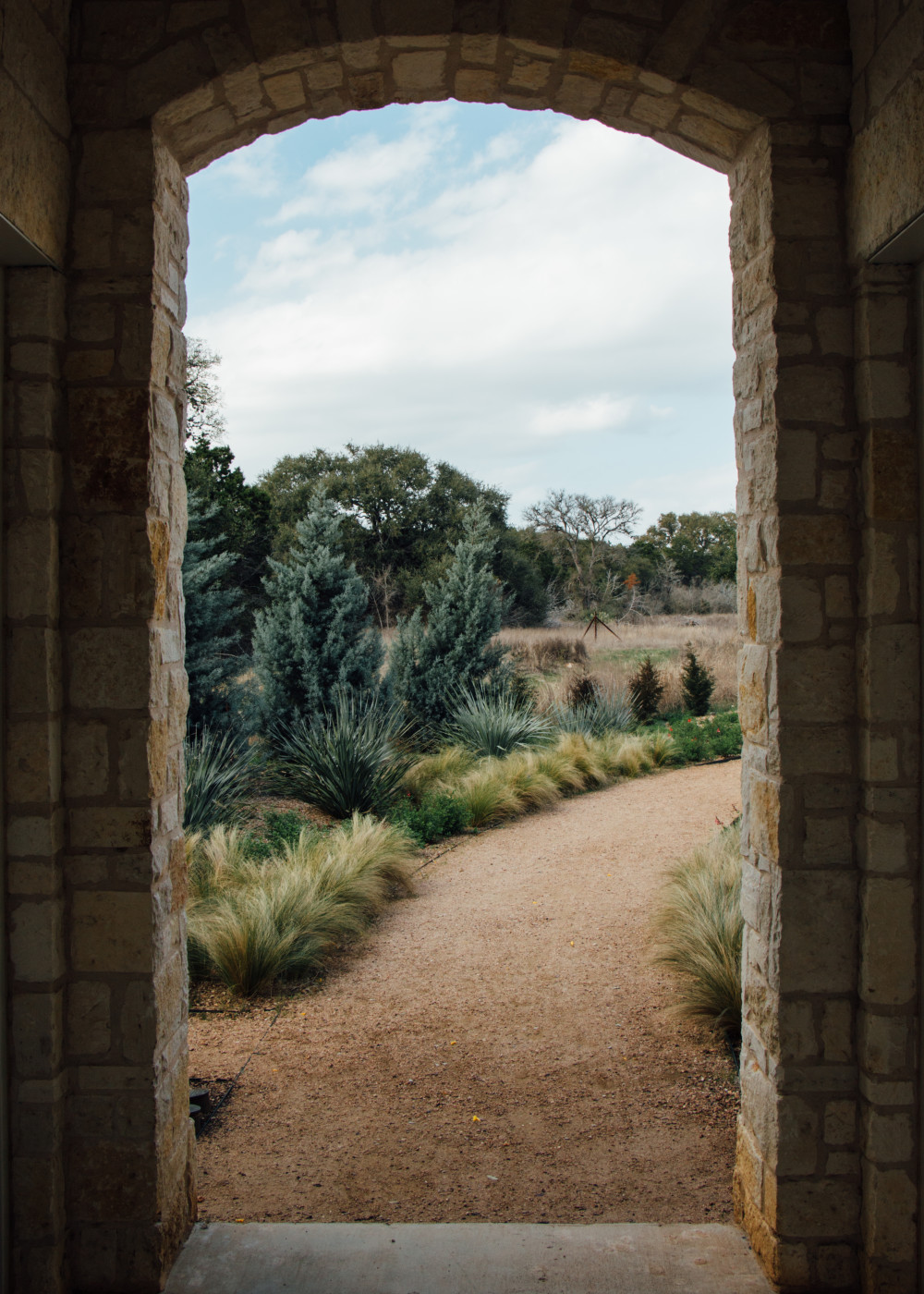Claudia Alta Taylor – later known as Lady Bird Johnson and founder of the Lady Bird Johnsson Wildflower Research Center in Austin, Texas, was an original champion of native plants and landscapes that fully embrace their genius loci. If you are in the region – visit these gardens; you will not be disappointed.
“I like it when the land speaks its own language in its own regional accent. I want Texas to look like Texas, and Vermont to look like Vermont, and every state to look like itself. I just hate to see the land homogenized.”
– Claudia Alta Taylor (nicknamed “Lady Bird” by a nanny who thought she was “purdy as a lady bird”)
Every time I read this quote, I feel I must newly profess my enthusiasm for the vision of this woman.
I am so proud to know that she was once our first lady, and I am happy that I finally had the great opportunity to visit her wildflower center outside of Austin, Texas, a few weeks ago. It was everything I could have hoped for.
A Photo Tour of the Lady Bird Johnson Wildflower Research Center in March (late spring for Texans)
From the thoughtful and forward-thinking on-site water management and their leadership in cataloging and helping gardeners know their own native plants to the collection of culturally appropriate buildings and plants that grow there.

As you should expect of a large Texas garden, it features big skies, plants that thrive in the arid desert and summer heat, local stone, and buildings that recall the native people and cultural roots of the desert southwest.

One of the largest rainwater capture systems in the world.
There are water silos of various sorts all through the site and a system of rills, culverts, and aqueducts that, coupled with buildings designed to capture runoff, make sure that every drop of water that falls on the site is either used effectively or stored for later. When it was first built, this was the largest rain capture system in the USA.


The place is made for all sorts of visitors. Out-of-towners get a good sense of what this land and region is all about, and those nearby can also enjoy extra benefits like walking and jogging trails with exercise equipment ready for use.

Everything in Austin seems like it is open air, and the indoor-outdoor lifestyle and architecture are strikingly different from the more enclosed density familiar in New England (some, including me, might call it claustrophobic at times). I couldn’t help but also notice that in every place (every. single. place), there were strings of pretty white globe lights.
These don’t just serve as impromptu garden lighting. They also direct you to the bathroom; they create false roofs, express amphitheaters, and establish instant dining rooms everywhere.
I started to wonder if you even need a business license in these parts – it sort of seems like a truck, a picnic table, and a string of lights make you pretty legit in this part of the world.

The entire visit to Austin included exploring local restaurants and some of the more lively downtown streets that are known for bars and music venues, gathering with friends and colleagues, making over a community garden, and even after roughly 5 hours of planting, pruning, and spreading mulch, still needing to walk off the excess consumption.

A garden with 100% native Texas plants.
While freezing temperatures and even some snow was falling in Boston, it was spring in Austin. The purple haze of the regional Texas Mountain Laurel (Sophora secundiflora – which looks a little like a non-vining wisteria and smells like grape soda) was blooming in gardens and along roadsides.


I also fell in love with Carolina jessamine – (Gelsemium sempervirens – which is not jasmine. It is pronounced jess-a-meene – very different!). It has flowers that look like those of trumpet vine, but it is much tamer and more easily controlled.




Put all these blooms against a backdrop of bright white desert lighting, lots of silver-grey plants and grey corrugated metal and I felt like I was in a photo shoot for one of the millions of magazines and blogs that are obviously drawn here for the pleasant winter weather, pretty light and excellent side sideshows.

I was even lucky enough to catch the very beginning of the famed Texas bluebonnets (Lupinus texensis) coming into flower. Unfortunately, since it was just the beginning of their bloom season, there were only a few dotted around here and there, and I didn’t get to photograph the full splendor of vast meadows full of these beautiful lupines. Maybe Next time.
Until then, I hope you enjoy this collection of views from this inspiring place.
More details about its location can be found at the bottom of this post.
-Rochelle
More images of the Lady Bird Johnson Wildflower Research Center







The Lady Bird Wildflower Center is located at 4801 La Crosse Avenue in Austin, Texas.
Find more information about the garden and its extensive and impressive sustainability efforts on their website. (There are lots of ideas for home gardeners and garden designers to borrow)
